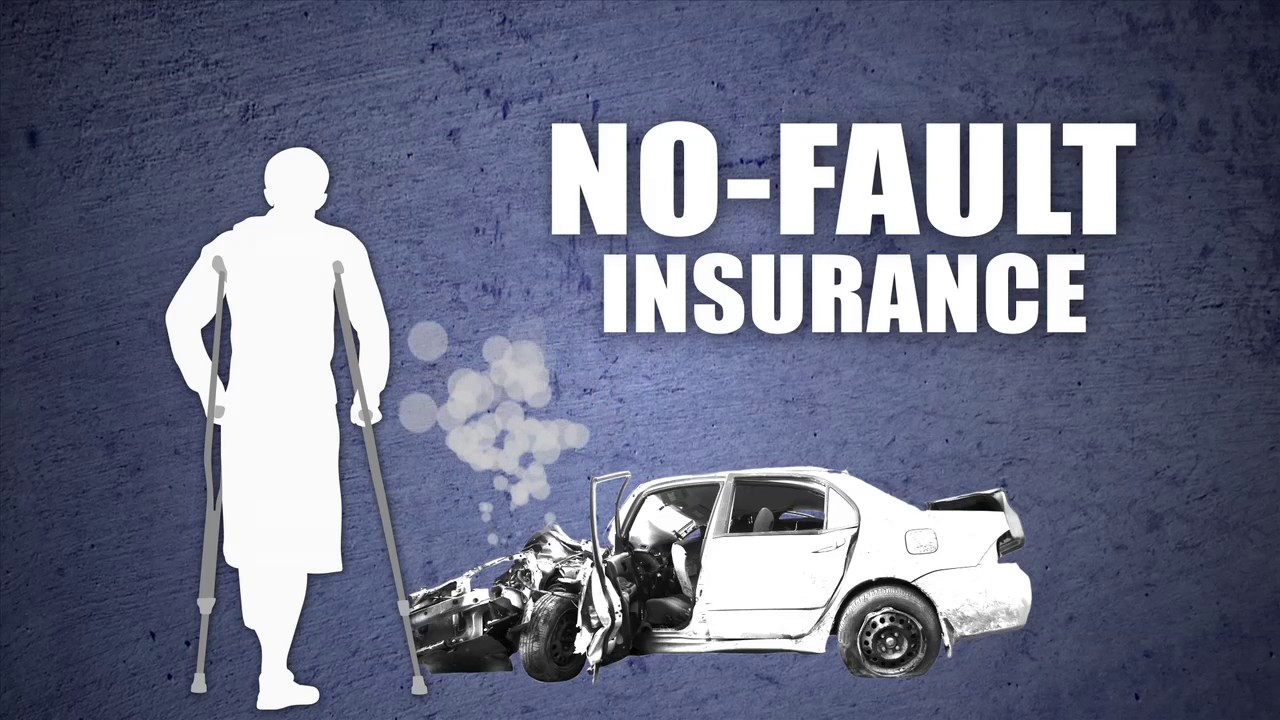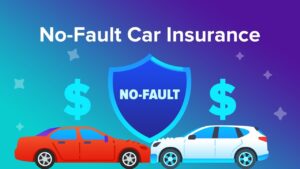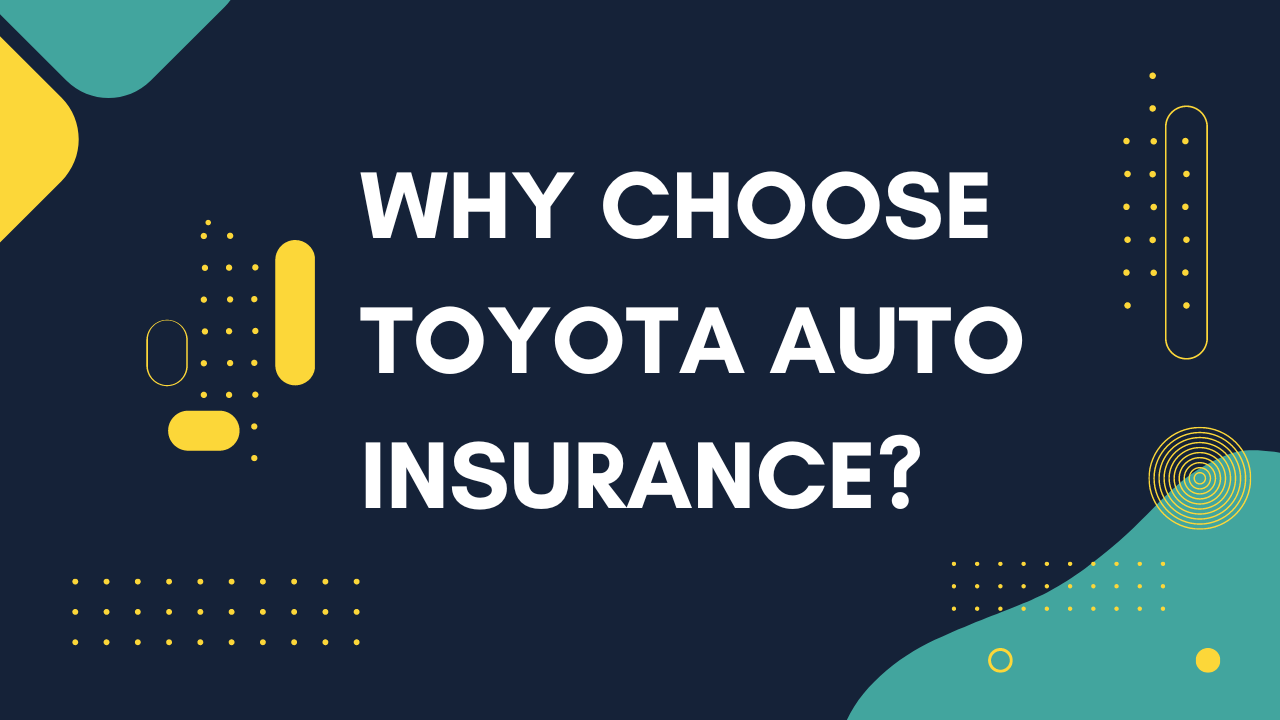No Fault Insurance in Auto Insurance: Auto insurance offers financial security in the event of unanticipated accidents, making it a fundamental component of prudent vehicle ownership. The idea of “no-fault” vehicle insurance has grown in popularity recently, providing a substitute for the conventional fault-based systems. This in-depth manual attempts to dive into the complexities of no fault vehicle insurance, examining its core characteristics, benefits, possible downsides, and the many ways it is implemented in various states.
What is No Fault Auto Insurance?
By guaranteeing that drivers engaged in an accident get reimbursement from their individual insurance carriers, regardless of responsibility, no-fault vehicle insurance transforms the claims procedure. The main goals are to speed payment, simplify claims, and lessen the need for drawn-out court fights to establish culpability. No responsibility insurance presents a new paradigm in the field of vehicle insurance by moving the emphasis away from determining responsibility and toward facilitating a quicker and more effective resolution of claims.
Key Features of No Fault Insurance:
- Prompt Compensation: The prompt recompense that no-fault insurance offers to accident victims is one of its biggest benefits. Determining culpability in conventional fault-based systems may be a drawn-out procedure that delays the release of money that is essential for paying for medical bills, property damage, and other costs. This wait is eliminated by no-fault insurance, guaranteeing that people get the money they require as soon as possible.
- Medical Coverage: Personal Injury Protection is frequently included in no-fault insurance (PIP). PIP coverage guarantees that anyone injured in an accident will be compensated for their medical bills and, in some situations, lost income. PIP’s coverage regardless of culpability is its most important feature. This clause guarantees injured parties’ rapid access to medical care in no-fault jurisdictions, increasing overall efficiency and lessening the workload for healthcare professionals.
- Reduced Litigation: Long and expensive court fights over responsibility are a common outcome of the traditional fault-based insurance system. By streamlining the claims procedure, no-fault insurance seeks to lessen this problem. All parties involved may enjoy a more seamless process as a result of the less emphasis on blame identification, which may also result in cheaper legal costs and faster claim settlement.
- Property Damage Coverage: No-fault insurance usually includes property damage coverage in addition to personal injury coverage. This guarantees that the expense of fixing or swapping out damaged cars is paid for without requiring proof of negligence. This feature makes the claims procedure go more smoothly overall and offers a simpler way to pay for costs associated with property damage.
Potential Drawbacks and Considerations in No Fault Insurance:
- Limited Ability to Sue: No-fault insurance speeds up the payout process, but there’s a cost: those hurt in collisions might only be able to sue for a certain amount of extra damages. Parties under conventional fault-based systems may file a lawsuit to recover non-economic damages such as pain and suffering. On the other hand, no-fault systems frequently limit the right to suit, preferring to give immediate compensation through insurance plans.
- Impact on Premiums: Those who oppose no-fault insurance contend that this approach may lead to an increase in insurance costs. The reasoning for this is because a more straightforward claims procedure and a less focus on blame might encourage more claims, which could raise the total cost of coverage. Impact on premiums, however, varies according to state-specific laws and market conditions.
- State Variations: Because no fault insurance is implemented differently in each state, it is not a universally applicable solution. In many areas, the only recourse available to accident victims is their insurance policy, with very few circumstances in which they can pursue legal action. This type of system is known as pure No Fault. Some have altered no-fault regimes to permit lawsuits in certain situations, such serious injuries or expensive medical bills.
- Options and Thresholds: In states where there is no fault system, there are frequently thresholds that specify when someone can leave the No Fault framework and file a lawsuit. These cutoff points could depend on the extent of the injuries, the cost of the treatments, or other factors. Furthermore, several jurisdictions provide drivers a choice between typical fault-based insurance and No Fault insurance, offering a certain amount of coverage flexibility.
Exploring the Depth of No Fault Insurance:
- The Evolution of No-Fault Systems: Since its inception, the idea of No-Fault insurance has undergone changes, with many models adopted by states to meet their specific requirements. Pure No Fault regimes, like those in Florida and Michigan, severely limit the scope of lawsuits and place a premium on insurance coverage for damages. However, other states, such as New Jersey and New York, have changed their no-fault rules to enable lawsuits under specific circumstances.
- PIP Coverage Variations: A feature of no-fault insurance, personal injury protection (PIP) coverage varies in extent and amount throughout states. Certain PIP coverage levels are required by some states, providing a minimum degree of protection against medical costs and lost income. For those looking for full protection under the No Fault system, it is essential to comprehend the subtleties of PIP coverage.
- Implications for Healthcare Providers: The effects of no-fault insurance extend beyond the domain of policyholders and drivers. In treating accident victims, medical professionals—especially those in jurisdictions with No Fault systems—are essential. Quick and effective healthcare delivery is prioritized in the simplified compensation procedure, and providers must handle the complexities of billing under the No Fault framework.
- Consumer Choice and Education: Consumer education becomes crucial in places where consumers may choose between standard fault-based insurance and No Fault insurance. People need to be aware of the effects of the decisions they make, balancing the benefits of expedited claims against the restrictions on taking legal action. Insurance companies are essential in enlightening customers and assisting them in making choices that suit their unique requirements and preferences.
Conclusion:
To sum up, no-fault vehicle insurance is a paradigm shift in the way post-accident claims are managed. People must balance the benefits of expedited payments and streamlined claims processing against the restrictions of having fewer options for suing for extra damages. This insurance model is complicated because to its effect on insurance rates, the differences in how it is implemented in different states, and the dynamic nature of no-fault systems.
Knowing the ins and outs of no fault systems is essential for drivers navigating the complex world of vehicle insurance so they can make selections that suit their individual requirements and objectives. No-fault insurance is not a one-size-fits-all option; rather, its efficacy is contingent upon a number of variables, including state laws, individual preferences, and the ideal ratio between ease of use and the capacity to pursue further damages. Knowing the nuances of No Fault insurance guarantees that people may make choices that are tailored to their own situation as the vehicle insurance market continues to change.




